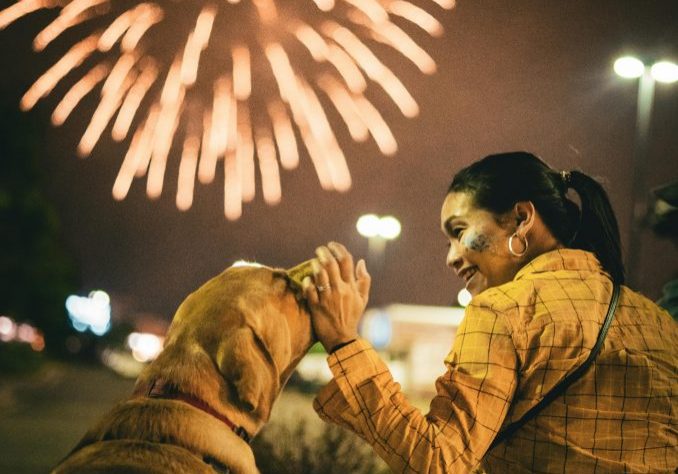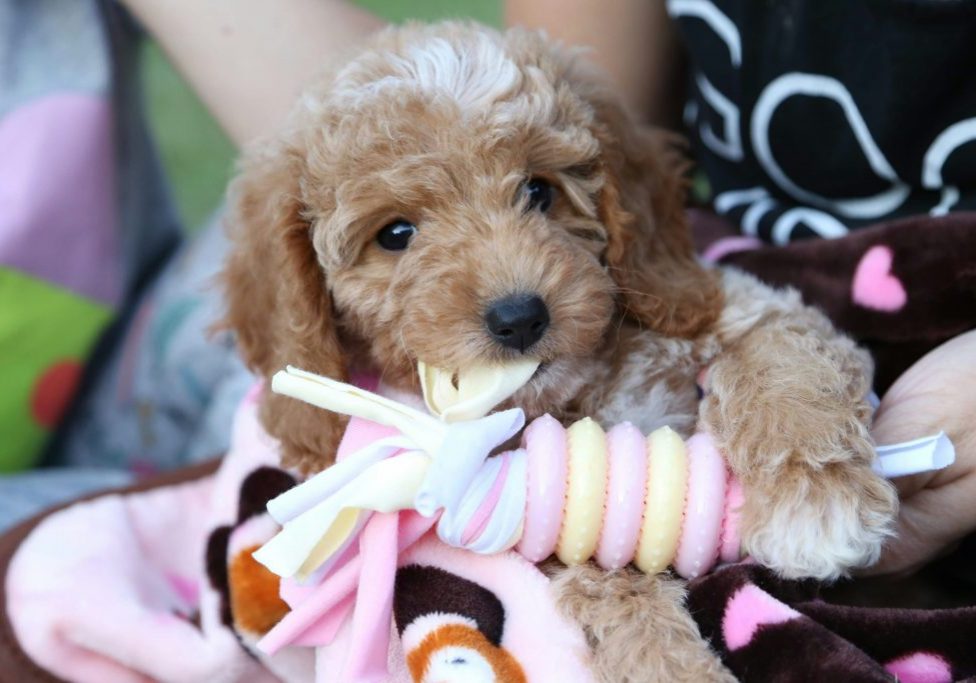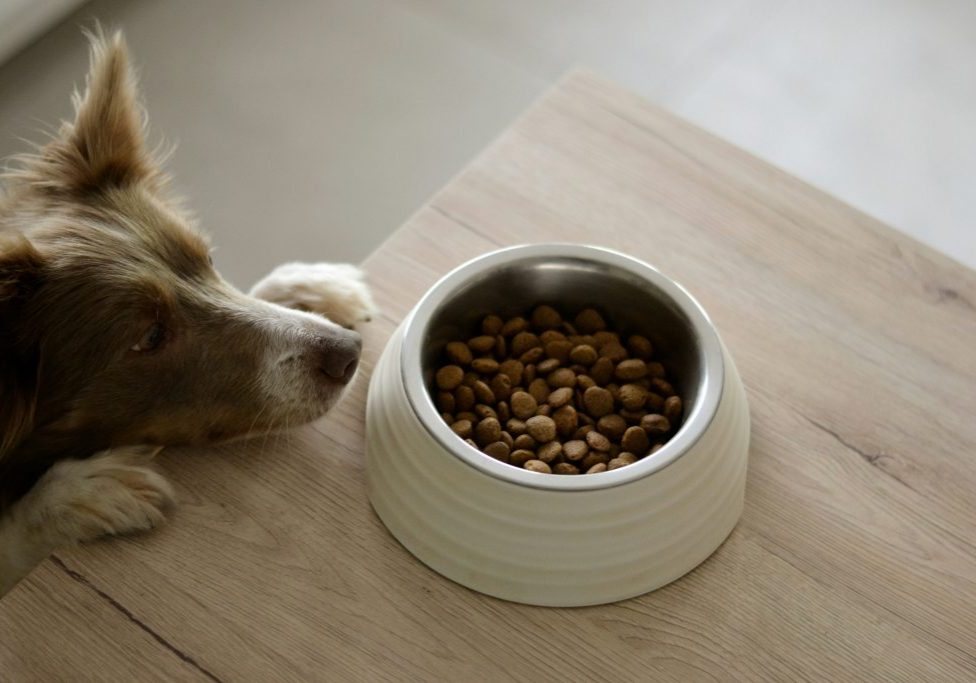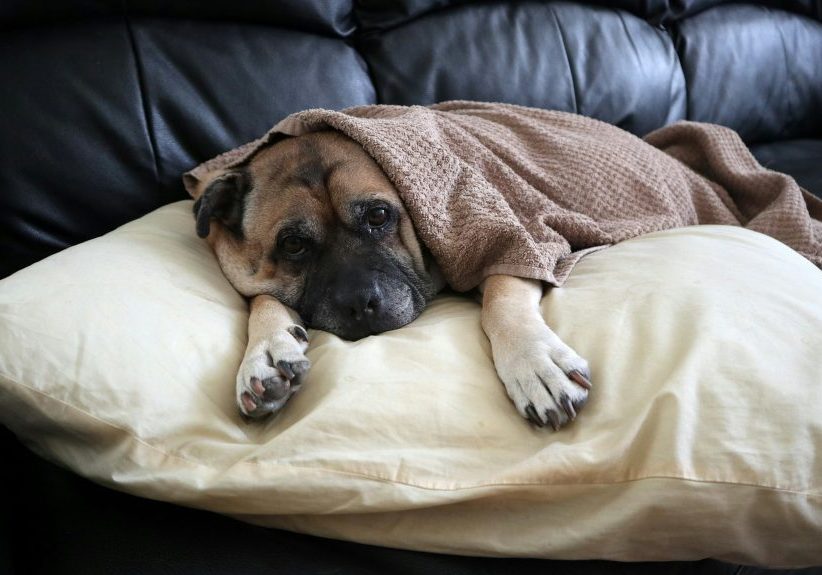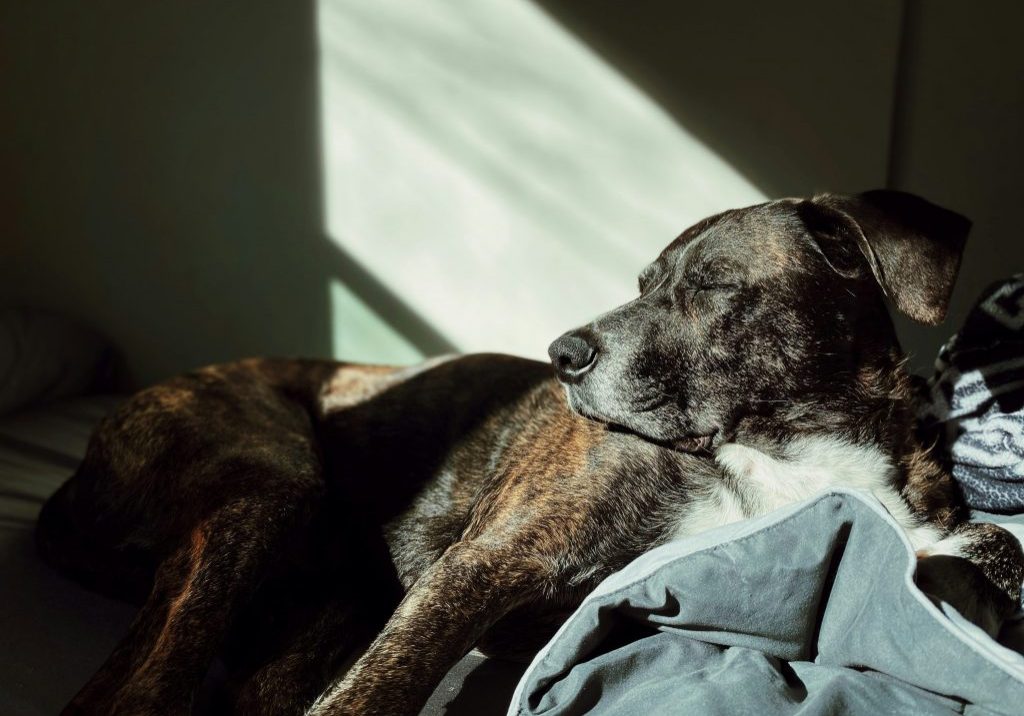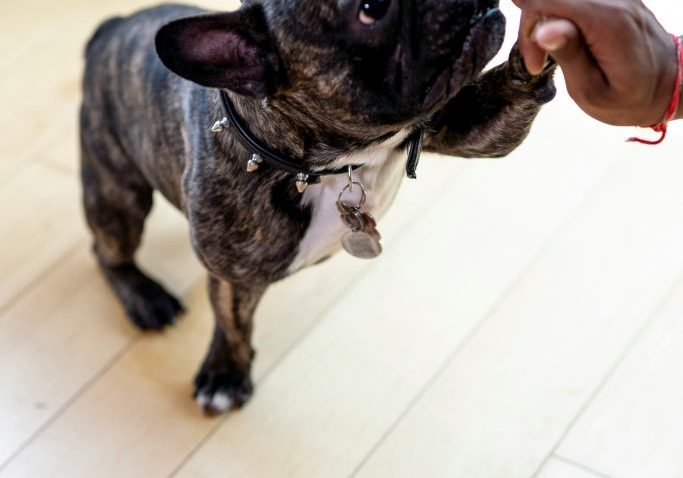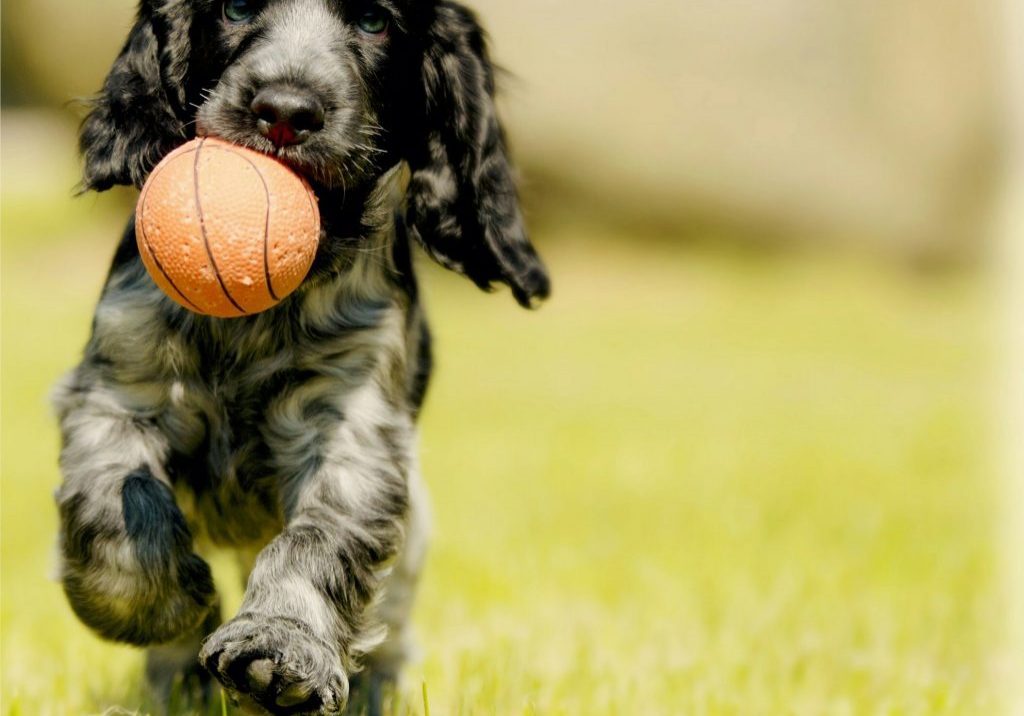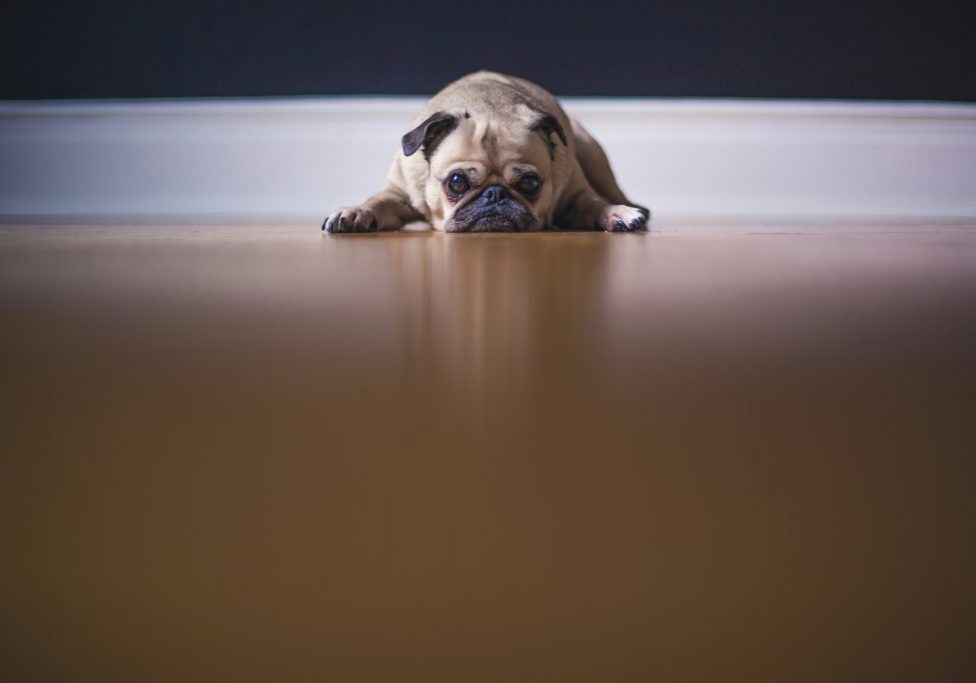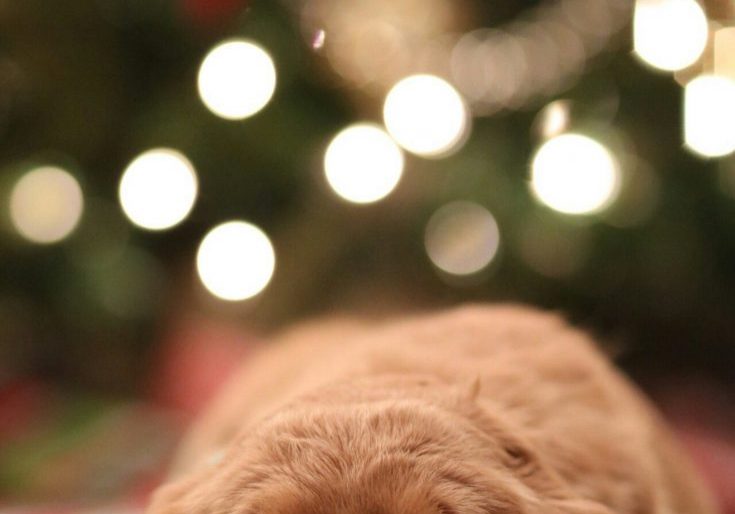How To Make Your Puppy Feel At Home
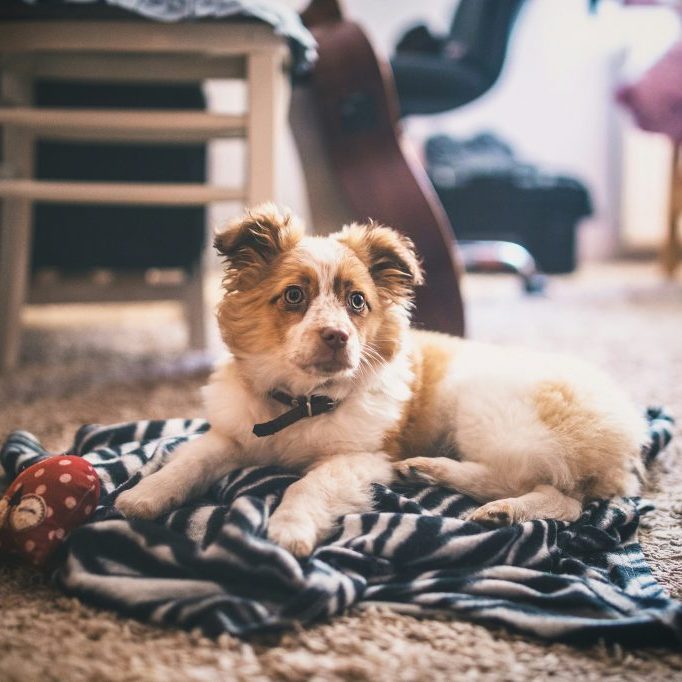
hwllo-sniffer.co.uk/how-to-make-your-puppy-feel-at-home
December 5, 2024
Sniffer_Admin
Bringing a new puppy into your home is one of life’s purest joys. But imagine being that tiny pup—taken from the only home they’ve known and suddenly surrounded by unfamiliar sights, smells, and sounds. It’s a big adjustment! Helping your puppy feel at home takes patience, preparation, and a big dollop of love.
From cosy sleeping spots to creating a safe routine, let’s explore how to turn your house into a comforting haven for your furry friend.
Create a Welcoming Space
Think of the first few days as the foundation for your puppy’s new life. Giving them their own safe, comfortable space is a great start.
- Set Up Their Bed: Choose a soft, warm bed and place it in a quiet spot where your puppy can rest undisturbed. Avoid high-traffic areas like hallways or kitchens where they might feel overwhelmed.
- Introduce a Crate or Playpen: Crates aren’t just for training—they can also serve as a den-like retreat where your puppy can relax. Line it with a cosy blanket and maybe add a soft toy.
- Bring Familiar Smells: If possible, ask the breeder or rescue centre for a blanket or toy that smells like your puppy’s mum or littermates. Familiar scents can provide comfort during those first few nights.
Establish a Routine
Puppies thrive on predictability. A consistent routine helps them feel secure and learn what to expect.
- Feeding Schedule: Stick to regular mealtimes, ideally the same ones they had before coming home. Gradually transition to a new diet if needed, but do it slowly to avoid tummy upsets.
- Potty Breaks: Take your puppy out frequently—after meals, naps, and playtime. Praise them for going in the right spot to build positive associations.
- Set Wake-Up and Bedtimes: Puppies need plenty of sleep, so establish a calm bedtime routine. Avoid overstimulating them with games right before lights out.
Puppy-Proof Your Home
A curious puppy is like a toddler on four legs—they’ll explore everything, often with their mouths! Making your home safe will help your puppy settle in without accidents or mishaps.
- Secure Hazardous Items: Keep electrical cords, cleaning supplies, and small objects out of reach.
- Block Off Unsafe Areas: Use baby gates to restrict access to staircases or rooms with fragile items.
- Provide Appropriate Toys: Offer a variety of chew toys to distract your puppy from shoes, furniture, or anything else they shouldn’t gnaw on.
Bond Through Interaction
Building trust with your puppy starts from day one. Spending time together not only strengthens your bond but also helps your puppy feel more at ease in their new surroundings.
- Play Together: Short, gentle play sessions are a great way to break the ice. Let your puppy take the lead, but guide them towards acceptable behaviour (like playing with toys instead of hands).
- Practice Gentle Handling: Gently pet your puppy and get them used to being touched on their paws, ears, and belly. This not only helps with bonding but also prepares them for future grooming and vet visits.
- Talk to Them: Your voice can be incredibly soothing. Speak to your puppy often, using a calm and reassuring tone.
Manage the First Night
The first night can be tricky. Your puppy might whimper or cry as they adjust to their new home—it’s natural!
- Stay Close: Consider keeping your puppy’s bed or crate in your bedroom so they can hear and smell you. This reassures them that they’re not alone.
- Comfort Without Overdoing It: If your puppy cries, offer soft reassurance but avoid picking them up every time. Too much attention can create a habit that’s hard to break.
- Stick to a Routine: Resist the temptation to let them sleep in your bed if that’s not your long-term plan. Consistency is key.
Encourage Exploration
Letting your puppy explore their new home helps them feel more comfortable, but keep things controlled at first.
- Supervise Closely: Keep an eye on your puppy as they sniff around, especially in areas where they could get into trouble.
- Introduce One Room at a Time: Start with the room where they’ll spend most of their time, then gradually open up access to other areas.
- Reward Confidence: Praise your puppy when they explore calmly, reinforcing their bravery.
Make Introductions Smooth
If you have other pets or family members, introducing them to your puppy needs to be done carefully.
- Meet Other Pets Slowly: Keep initial interactions short and on neutral ground. Use barriers like baby gates if needed to give everyone space to adjust.
- Teach Kids the Rules: Children should know to approach the puppy gently and avoid loud noises or sudden movements.
- Give Everyone Time: Building harmony takes patience—don’t rush introductions.
Handle Alone Time Gradually
While it’s tempting to spend every moment with your adorable new addition, it’s important to teach them how to be alone, too.
- Start Small: Leave your puppy alone for short periods, even if it’s just to another room.
- Use Positive Reinforcement: Give them a toy or treat when you leave so they associate your absence with something enjoyable.
- Avoid Making a Fuss: Keep departures and returns low-key to prevent separation anxiety.
A Happy Home Is a Calm Home
Puppies pick up on the energy around them. Creating a calm, positive atmosphere will help your puppy feel safe and secure.
- Keep Noise Levels Low: Minimise loud music or chaotic activity, especially in the early days.
- Be Patient: Accidents and hiccups are inevitable, but frustration can make your puppy nervous. Take a deep breath and approach setbacks as learning opportunities.
- Celebrate Progress: Every small win—whether it’s using the potty outside or settling down in their bed—is worth celebrating.
Final Thoughts
Helping your puppy feel at home isn’t about grand gestures—it’s the little things that matter most. A comfy bed, a calm routine, and your loving presence will work wonders in helping them settle.
Remember, patience and consistency are your best tools. Before you know it, your home won’t just feel like a new place to your puppy—it’ll feel like their place. And watching them thrive in their new environment? That’s the kind of joy that makes every effort worth it.
